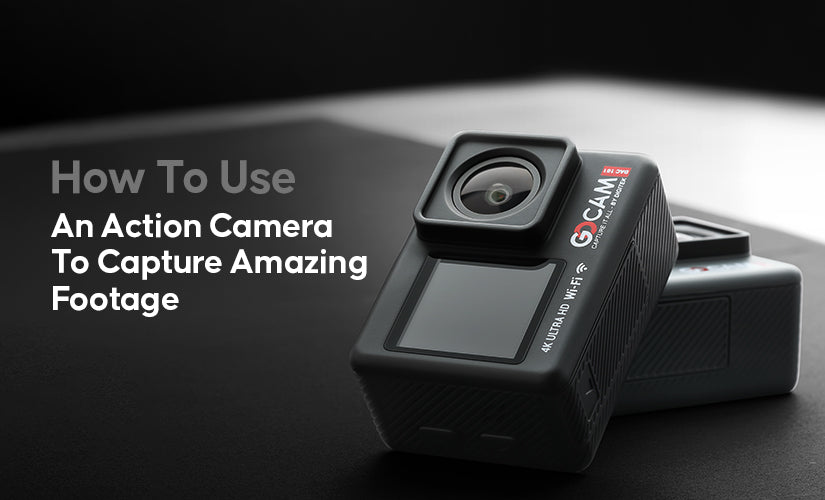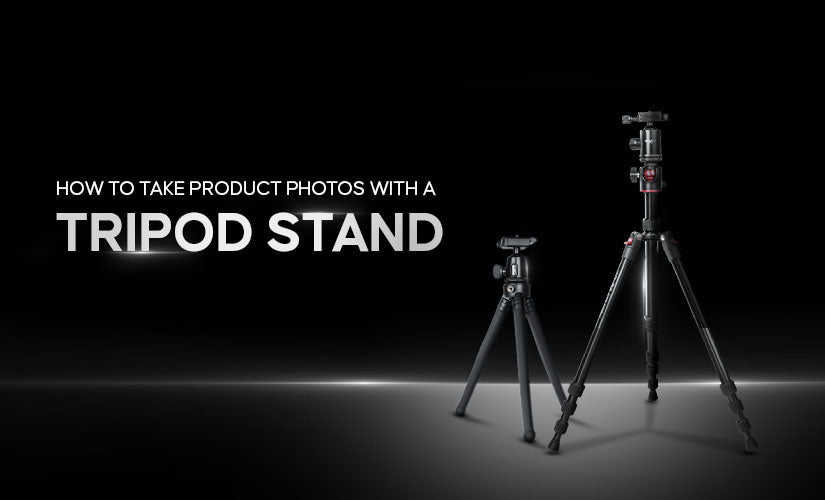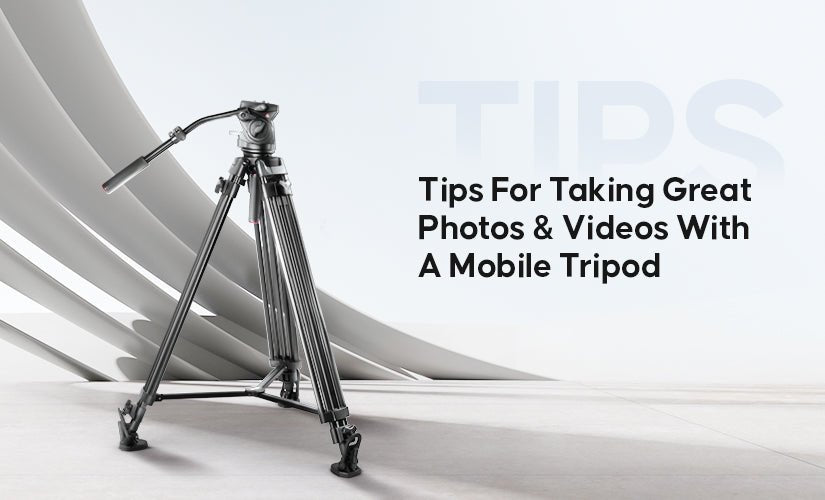In the age of adventure, action cameras have become essential tools for enthusiasts and professionals. Their compact size, durability, and impressive image quality have made them popular devices for capturing stunning images. Whether you're an adrenaline junkie, a travel lover, or a filmmaker, unlocking the full potential of your action camera is essential to creating captivating videos. In this article, we delve into the art of taking stunning images with an action camera and reveal the secrets that make these devices the perfect companions for your adventures.
Understanding the Power of Action Cameras
Before we go into more detail about how a sports camera works, let's get acquainted with the nature of these amazing devices. Sports cameras are versatile, robust, and easy to use. They are designed to capture high-quality images in a variety of conditions, making them an ideal choice for adventurers and content creators.
Choosing the Right Action Camera
First, it's important to choose the right action camera for your needs. You can find a wide range of options in India, including popular 4K and 5K action cameras. The choice mainly depends on the purpose and budget. Higher-resolution cameras, such as 5K models, offer more detailed images but can be more expensive. When making your decision, consider factors such as frame rate, image stabilization, and battery life.
Setting the Right Resolution and Frame Rate
Once you have your action camera in hand, it's time to prepare it for adventure. Start by choosing the appropriate resolution and frame rate. In most scenarios, recording in 4K resolution at 30 frames per second (fps) offers a good balance between video quality and storage space. If you want to capture fast action, consider switching to a higher frame rate, e.g. using a setting such as 60 fps or 120 fps for smoother motion.
Ensuring Proper Lighting
Proper lighting is crucial for any camera, and action cameras are no exception. The most important thing is to make the most of natural light. When shooting outdoors, early morning and late afternoon provide soft, golden light that improves overall image quality. When exposed to direct sunlight, use filters or accessories such as polarizers to reduce reflections and create a more balanced image.
Mounting Your Action Camera
The true magic of action cameras is their versatility. The editing options are numerous and varied, allowing you to capture images from different angles and perspectives. The most common mounts include head straps, chest mounts, handlebar mounts, and helmet mounts. Each of them offers a different vision and user experience.
Head Strap Mount
The Headband Mount is perfect for capturing your adventure first-hand. Whether you're skiing in the mountains, cycling through rough terrain or exploring the underwater world, the headband offers immersive vision.
Chest Mount
The chest mount offers a wide and stable viewing angle. It's ideal for activities where your head is constantly in motion, such as mountain biking or kayaking. The material is extremely stable and allows the viewer a clear view of the surroundings.
Handlebar Mount
A popular choice among cyclists is the handlebar mount. Securely attach your sports camera to the handlebars of your bike and capture the tension in a dynamic perspective.
Helmet Mount
If you are an adventurer and wear a helmet, a helmet holder is essential. Whether you're skydiving, climbing, or motorcycling, this mount will give you a clear view of your adventure.
Capturing Steady Footage
One of the challenges of action cameras is to capture stable footage, especially during fast-paced activities.To combat this problem, many action cameras are equipped with advanced electronic image stabilization (EIS) technology. EIS helps minimize the effects of vibration and jitter, making your recordings smoother and more professional.
Use EIS Wisely
Although ICE can work wonders, it is important to use it wisely. Excessive ICE can sometimes cause a “Jello effect,” where images appear unstable or distorted. To avoid this, choose an action camera with customizable EIS settings and experiment with different levels until you get the stabilization you want.
Additional Stabilization Accessories
In situations where EIS alone is not sufficient, consider using external stabilization accessories. Handheld gimbals and stabilizers are a good choice for capturing exceptionally smooth footage during dynamic activities. Mastering Time-Lapse and Slow-Motion Action cameras capture brilliant stop-motion and slow-motion footage, giving your videos a cinematic feel.
Time-Lapse
To create eye-catching time-lapse videos, set your action camera to take photos at specific intervals, such as: one photo per second. You then use video editing software to compile these photos into a smooth time-lapse sequence. Time-lapse mode is perfect for showing the passage of time, such as a sunset, a cityscape, or a busy street.
Slow-Motion
The action cameras can also record in slow motion, so you can capture every detail of the fast action. Most cameras offer multiple frame rate options so you can achieve slow-motion effects in post-production. For example, you can shoot at 120 frames per second and then play it back at 30 frames per second for a 4x slow motion effect.
Harnessing the Power of Sound
Sound plays a key role in storytelling. Many action cameras have built-in microphones, although their quality can vary. To ensure high-quality audio, consider using an external microphone. Connect it to your action camera with an adapter available for most action camera models.
Finding the Perfect Angle
The key to compelling action camera footage is experimentation. Try different mounting positions, angles, and adjustments to find what works best for your business. Don't be afraid to get creative and take photos from unusual angles. Aerial, close-up, and close-up shots can add depth and variety to your videos.
Editing and Post-Production
After the footage is captured, the real magic happens in the editing and post-production phases. Video editing software lets you trim clips, add transitions, apply color correction, and add music to enhance your videos.
Choose the Right Software
Choosing the right video editing software is crucial to creating professional content. The most popular options include Adobe Premiere Pro, Final Cut Pro, and iMovie. These tools offer numerous features to help you transform your raw footage into compelling videos.
Storytelling and Narrative
Effective storytelling is what separates an average film from an incredible film. Organize your video so that it has a clear beginning, middle, and end. Use narration, subtitles, or on-screen text to guide viewers through the story. Remember, the story is just as important as the pictures.
Sharing Your Adventures
Once you've created your masterpiece, it's time to share it with the world. Platforms like YouTube, and Instagram offer great opportunities to showcase your adventures. Use the right keywords and descriptions to maximize your video's visibility.
Conclusion
In the world of action cameras, capturing stunning images is a combination of technology, creativity and adventure. With the right camera, settings, editing techniques, and editing skills, you can create videos that not only document your adventures, but also inspire and entertain others. Whether you choose a 4K action camera or a more advanced 5K model, remember that it's not the camera itself that matters, but how you use it. So grab your action camera and explore the world.





Leave a comment
This site is protected by hCaptcha and the hCaptcha Privacy Policy and Terms of Service apply.